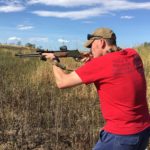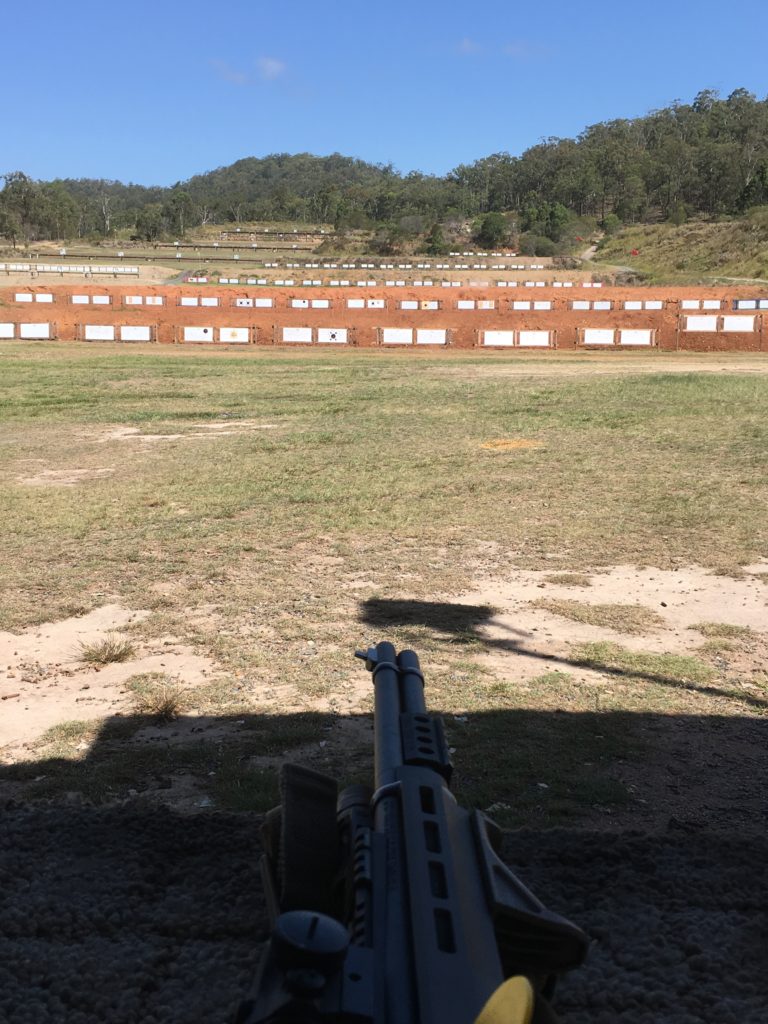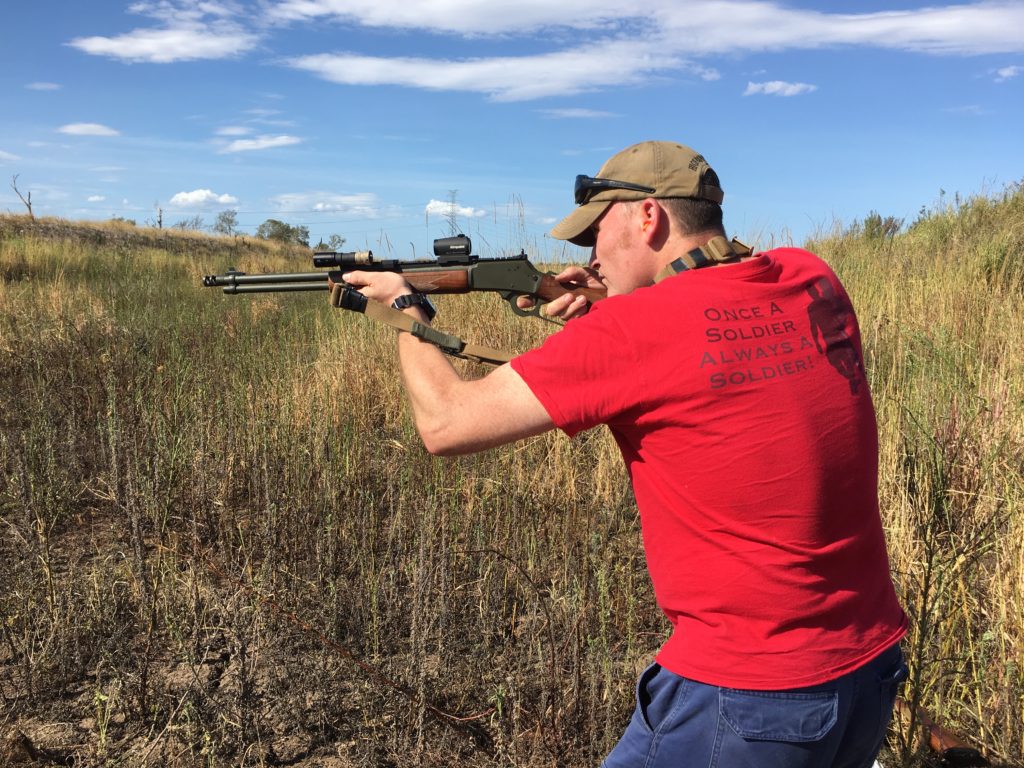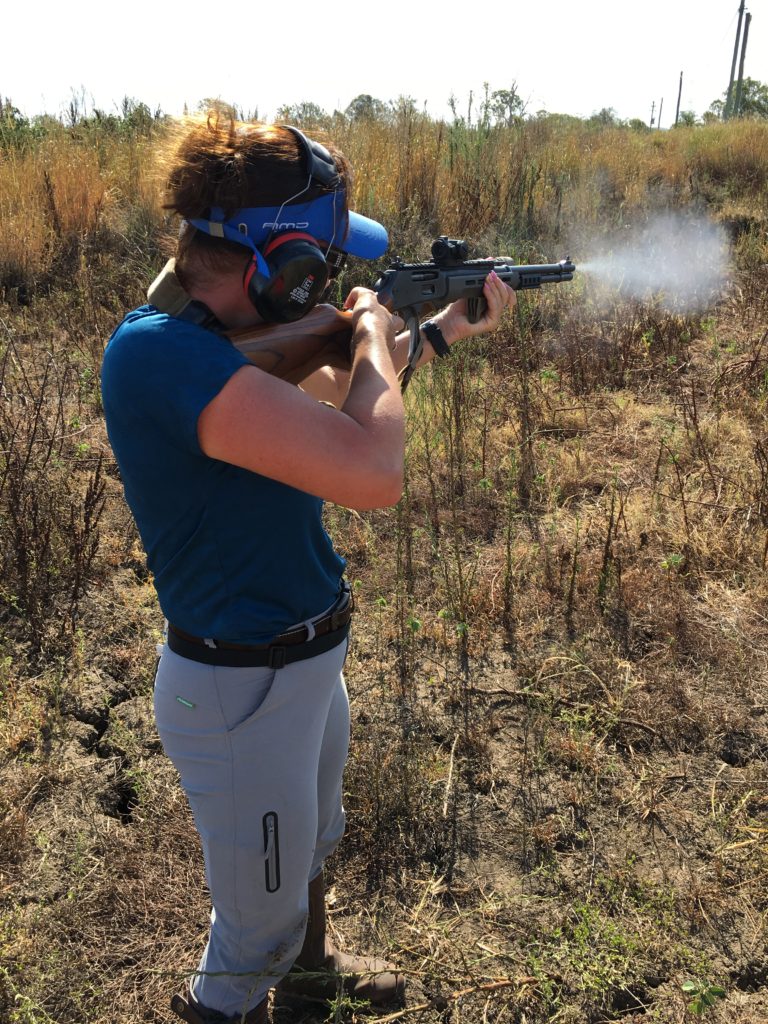New Developments in Marksmanship Principles and Training
Alright, some new thoughts from my tired old brain.
I’ve been fortunate to learn some of the latest in marksmanship training on my travels overseas to the US.

.
Most of us will have a more than passing familiarity of the four principles of marksmanship, right?
For those who may not recall, they are:
1. The shooting position and hold must be firm enough to support the rifle.
2. The rifle must point naturally at the target without any undue physical effort.
3. Sight alignment and sight picture must be correct.
4. The shot must be released and followed through without undue disturbance of the position.
.
I had this drummed into me when I was a young bloke, and further reinforced in successive waves when I enlisted and continued shooting in both professional and recreational arenas. I’ve also continued this in my training of others.

.
But… when one really analyses the shooting and marksmanship process, it can be seen that the Four Principles (for some reason I keep thinking The Four Horsemen of the Apocalypse) is really only a part of the shooting process. It’s an essential part, but still a part nonetheless of the entire process.
.
Further analysis can also suggest that the Four Marksmanship Principles can also be a hindrance in some types of situations, especially in some of the early stages of initial training.
.
This is where a couple of mates of mine come in. Two blokes I’ve had the pleasure of meeting through the Primary and Secondary Network (https://primaryandsecondary.com/): Mike Lewis and Ash Hess were on the US Army team to re-write the latest edition of the US military training pamphlet on the M-4 carbine and M-16 rifle which was released in 2016. They spent a lot of time getting the technical data and lesson plans sorted and then had a major epiphany with regards how training is conducted.
You can find their efforts here:
https://fas.org/irp/doddir/army/tc3-22-9.pdf
.
Training Manuals (or pamphlets/pams as we in the ADF refer to them) are packed with essential technical data and lesson plans required to train soldiers from initial basic recruit training through to continuation training when in unit for mission rehearsal for deployment.
.
Tucked away in Chapter 5 – Employment, is a fantastic epiphany for marksmanship training.
.
This is where things start getting really interesting.
Instead of the four marksmanship principles outlined above, the team has taken the shot process as part of a bigger continuum that interacts with the world.
.
To this end, the Pam outlines a shot process that can formulate all decisions , calculations and actions, that lead to taking the shot.
.
So there are now three parts to the shot process.
There is:
1. Pre-shot
2. Shot
3. Post-shot
.
Simple, isn’t it?
This is the real beauty of this continuum process though: the shot process is scaleable and can be as rapid or deliberate as required by the shooter and the situation dictates.
What really grabbed my attention was the simplicity to apply the continuum model to any shot under any circumstance and the ease of training others.
As Bruce Lee famously says: simplicity is the key to brilliance.
.
So, I’ll give two examples of this.

.
Example A.
A close quarter, short range shot required against targets of fleeting exposure conducted whilst the firer is moving through close terrain.
Pre-shot: weapon to shoulder, acquire sights, identify and confirm target.
Shot: confirm aiming point, engage target.
Post-shot: assess impact on target, repeat Shot if necessary. Re-locate to a new firing position and re-establish contact with team mates.

.
Example B.
Longer range shot, against a distant target that is unaware of the firer’s presence.
.
Pre-shot:
Position – take the time for a correct position
Natural point of aim – test and adjust until its right
Sight alignment/sight picture – take the time to line it all up correctly
Hold.
Shot:
Refine aim
Breathing control
Trigger control
Post-shot:
Follow-through
Recoil management
Call the shot
Evaluate bullet strike.
.
So, if time and distance isn’t favourable, then the shot process can be simplified and pared down to what is needed.
If time and distance is favourable, then the shooter can take the time to establish good position, correct and proper hold, sight alignment and correct breathing.
.
I’m going to be using this on novice shooters from here on due to its simplicity and ease of training and with my own training.
What are your thoughts on this?
Posted in Uncategorized by 22F with 4 comments.
Leave a Reply